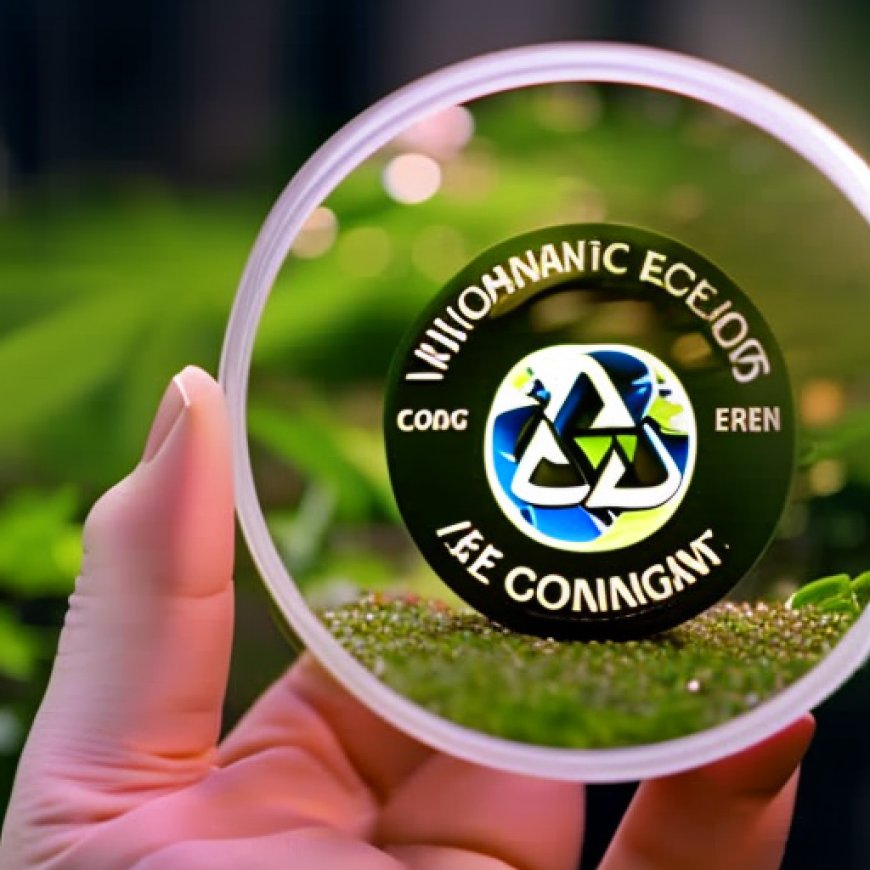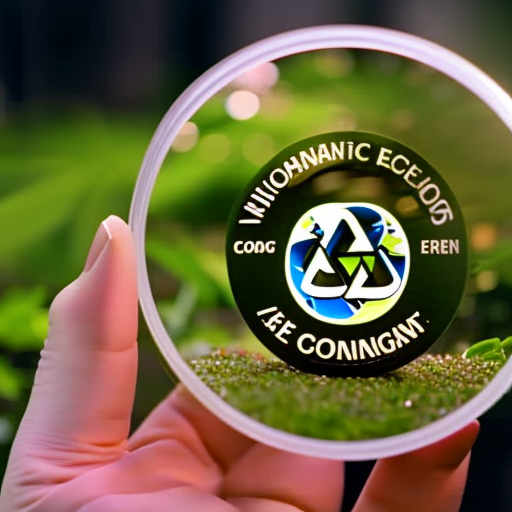Circular economy and ecodesign regulation – News and insights for the European coatings industry
Circular economy and ecodesign regulation - News and insights for the European coatings industry European Coatings


Legislations Affecting the Adhesives and Sealants Industry
Two recent legislations have a significant impact on the adhesives and sealants industry. The first is the EU’s proposal for a new Ecodesign Regulation, while the second is a regulation on circularity requirements for vehicle design and end-of-life of vehicles (ELV regulation proposal).
Importance of Adhesives in the Circular Economy
FEICA, the Association of the European Adhesive & Sealant Industry, has addressed both regulations from the perspective of the industry. It highlights the importance of adhesives and sealants for achieving a circular economy.
Adhesives in the Regulation of End-of-Life Vehicles
The European Commission published a proposal for a regulation on circularity requirements for vehicle design and end-of-life vehicles in July 2023. The proposal includes measures to increase the circularity of vehicles through design and an extended producer responsibility (EPR) system. Adhesives are explicitly mentioned as potential impediments to end-of-life vehicle circularity in both the circularity strategy and the fee modulation requirements of the EPR. However, this mention is inaccurate as adhesives can actually enable successful dismantling and recycling. Furthermore, the current wording creates an uneven playing field as other materials and bonding technologies that may hinder dismantling and recycling are not mentioned.
FEICA has submitted a paper to the European Commission, outlining how the mention of adhesives as impediments to circularity is inaccurate. The paper emphasizes the crucial role of adhesives in the sustainability, performance, and safety of vehicles, especially in the transition to electric mobility. Adhesives are used in various components and parts of a vehicle, including the body, windows, drivetrain, suspension, trim, interior, and electrical system. They provide optimal bonding, enable lightweight designs, and are essential for bonding battery systems in electric vehicles.
Adhesives and Sealants’ Unique Properties in Electronics under the EU Ecodesign Regulation
The EU Ecodesign Directive, which has been in effect since 2008, is regularly revised. The proposal for a new EU Ecodesign Regulation is particularly relevant to the adhesives and sealants industry as it sets regulatory standards for mobile phones, tablets, and laptops. Adhesives and sealants play a crucial role in these electronic devices due to their unique properties. They can be adapted to improve usability, repairability, recyclability, process efficiency, design optimization, and durability.
The EU requirements for ecodesign and resource efficiency in electronics include design for reliability, repairability, and recycling. Adhesives and sealants contribute to the reliability of electronic devices. However, further clarification is needed regarding the repair and recycling of electronic waste. Better communication across the value chain and increased consumer awareness are necessary.
Adhesives and sealants can be adapted to promote usability, repairability, and recyclability by incorporating a ‘trigger’ that allows for the separation of adhesive from the substrate. This separation can occur through mechanical force or triggers such as light, temperature, electricity, or magnetic fields. The European Commission aims for a circular economy for plastics and has established the Waste of Electrical and Electronic Equipment (WEEE) Directive to promote recycling. Adhesives used in electronic products enable debonding for repairability and recycling.
The reversible bonding of smartphone batteries is a critical consideration. Different scenarios are being explored, ranging from no debonding of the battery (least desirable) to debonding of the battery with good maintenance of the phone (most desirable). Circular business models are crucial for finding the best solution, with benefits distributed fairly between businesses and customers to create a win-win situation for the environment and society.
FEICA recently held a webinar on the unique properties of adhesives and sealants in electronics under the EU Ecodesign Regulation. The paper, presentation, and recording of the webinar are available here.
SDGs, Targets, and Indicators in the Article
1. SDGs Addressed or Connected to the Issues Highlighted in the Article
- SDG 9: Industry, Innovation, and Infrastructure
- SDG 12: Responsible Consumption and Production
- SDG 13: Climate Action
2. Specific Targets Based on the Article’s Content
- Target 9.4: Upgrade infrastructure and retrofit industries to make them sustainable
- Target 12.5: Substantially reduce waste generation through prevention, reduction, recycling, and reuse
- Target 13.3: Improve education, awareness-raising, and human and institutional capacity on climate change mitigation, adaptation, impact reduction, and early warning
3. Indicators Mentioned or Implied in the Article
- Indicator 9.4.1: CO2 emissions per unit of value added in manufacturing industries
- Indicator 12.5.1: National recycling rate, tons of material recycled
- Indicator 13.3.1: Number of countries that have integrated mitigation, adaptation, impact reduction, and early warning into primary, secondary, and tertiary curricula
Table: SDGs, Targets, and Indicators
| SDGs | Targets | Indicators |
|---|---|---|
| SDG 9: Industry, Innovation, and Infrastructure | Target 9.4: Upgrade infrastructure and retrofit industries to make them sustainable | Indicator 9.4.1: CO2 emissions per unit of value added in manufacturing industries |
| SDG 12: Responsible Consumption and Production | Target 12.5: Substantially reduce waste generation through prevention, reduction, recycling, and reuse | Indicator 12.5.1: National recycling rate, tons of material recycled |
| SDG 13: Climate Action | Target 13.3: Improve education, awareness-raising, and human and institutional capacity on climate change mitigation, adaptation, impact reduction, and early warning | Indicator 13.3.1: Number of countries that have integrated mitigation, adaptation, impact reduction, and early warning into primary, secondary, and tertiary curricula |
Analysis and Explanation
The issues highlighted in the article are connected to several Sustainable Development Goals (SDGs). The first SDG is SDG 9: Industry, Innovation, and Infrastructure. The article discusses the importance of adhesives and sealants in the circular economy, which aligns with the goal of upgrading infrastructure and retrofitting industries to make them sustainable (Target 9.4).
The second SDG is SDG 12: Responsible Consumption and Production. The article emphasizes the role of adhesives and sealants in promoting the circularity of end-of-life vehicles and electronic devices, which contributes to the target of substantially reducing waste generation through prevention, reduction, recycling, and reuse (Target 12.5).
The third SDG is SDG 13: Climate Action. The article mentions the need for education, awareness-raising, and capacity building on climate change mitigation and adaptation. This aligns with Target 13.3, which aims to improve education and awareness on climate change issues.
Specific indicators mentioned or implied in the article include CO2 emissions per unit of value added in manufacturing industries (Indicator 9.4.1), national recycling rate and tons of material recycled (Indicator 12.5.1), and the integration of climate change education into curricula (Indicator 13.3.1).
Overall, the article highlights the importance of sustainable practices in the adhesives and sealants industry, which contribute to multiple SDGs and their respective targets. By addressing issues such as circularity, waste reduction, and climate change education, progress can be measured using the identified indicators.
Behold! This splendid article springs forth from the wellspring of knowledge, shaped by a wondrous proprietary AI technology that delved into a vast ocean of data, illuminating the path towards the Sustainable Development Goals. Remember that all rights are reserved by SDG Investors LLC, empowering us to champion progress together.
Source: european-coatings.com

Join us, as fellow seekers of change, on a transformative journey at https://sdgtalks.ai/welcome, where you can become a member and actively contribute to shaping a brighter future.







